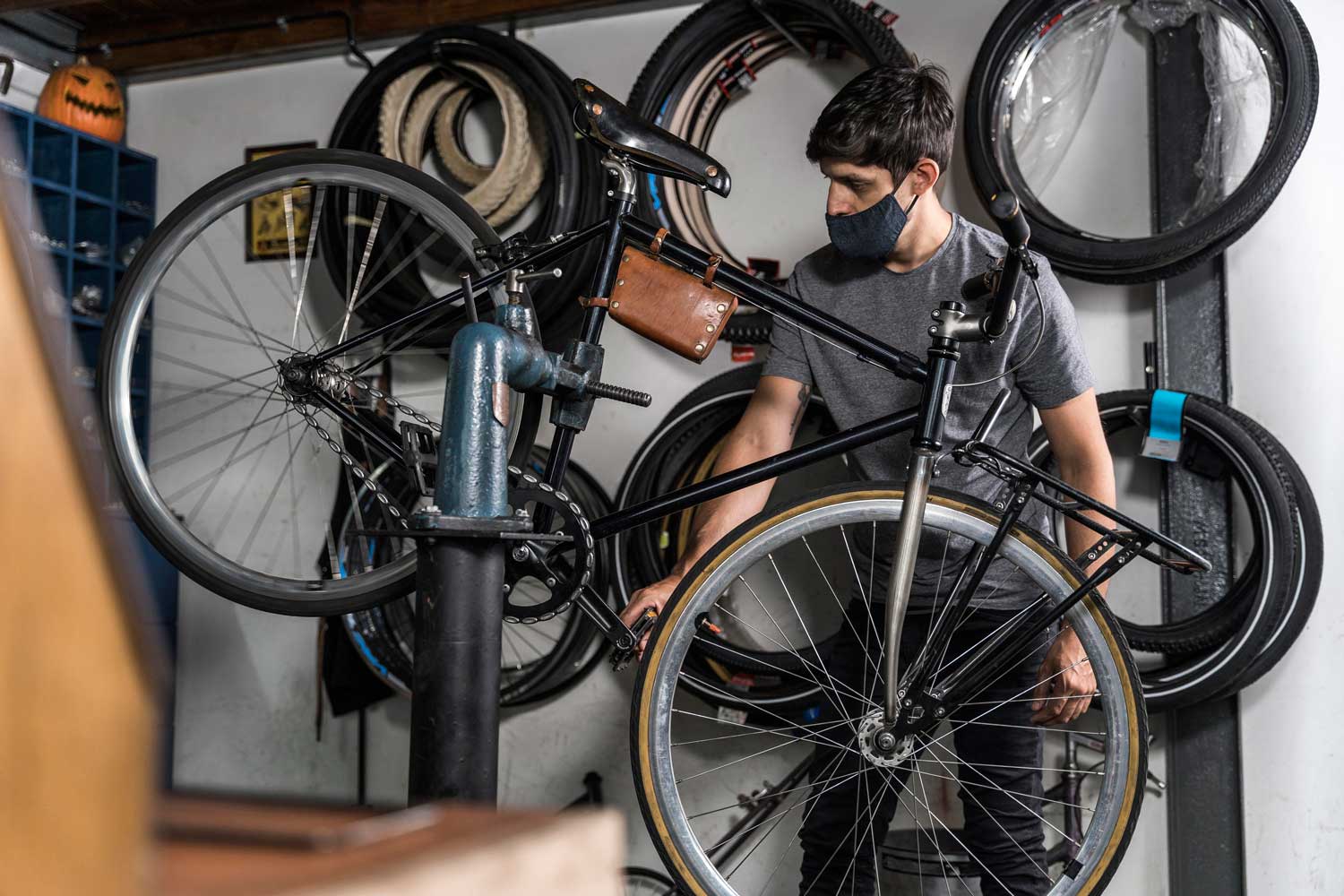Introduction
The pandemic that humankind first experiences after entering modern society has brought about changes in many industries. Among them, an unusual thing occurs in the distribution of bicycles for cycling, which is loved by many as a lifestyle sport. The cycling community sees this phenomenon as unusual, and even those who run stores are perplexed by this phenomenon they are experiencing for the first time. In countries such as Korea and Japan, which have relatively small market sizes, there is an unusually short supply of bicycles. There are even situations where customers have to pay more to buy a used bike than a brand new one.
- Impact of COVID-19 on the bicycle industry [demand and supply]
The impact of COVID-19 has taken a toll on all industries. However, oddly enough, bike makers that peaked in 2015 and were on a downtrend would see an unprecedented boom in 2020 as the virus strikes the world. Indoor sports facilities have been closed due to restrictions on the distance between people in many countries. The most popular fitness centers in the city have been closed or have various restrictions on their use, and to replace them, people are starting to turn to sports that can be done independently outside.
Since there have already been many alternative means of transportation, such as electric bicycles and shared bicycles (state-run platform business), it has shown an average growth of -1% since 2015.
However, due to the pandemic, cycling as an outdoor sport has once again had a chance to revive. Because the machines could be used for independent sports activities, people bought bicycles at a high rate, and the market demand exploded. The problem started here. Demand has increased dramatically, but supply has not been able to keep up with it. This is because the chain of production-distribution-export-import-logistics-wholesale-retail has been severely restricted due to COVID-19. These problems overlap and have exciting results. It is a shortage phenomenon. Consumers have come to a point where they must wait for at least 3 to 6 months to purchase the bike they want, even if they have money. This situation has led to a situation where bicycles have become a valuable commodity that has to be purchased at a higher price in the second-hand market.
- Aggressive strategy of the leading bicycle manufacturers
(Taiwan Giant / US Specialized)
Contrary to most other sectors, the bicycle industry, where the pandemic has presented an opportunity, is booming once again. Dinosaur companies in the industry and global brands in each country did not miss this opportunity. For example, Taiwan’s giant bicycle company ”Giant,“ which is running first in the industry, has renewed the lineup of entry-level models for beginners and applied the same design as their professional road racing team bicycles on the entry-level model exceptionally. Brands such as ‘Specialized’ and ‘Trek’ have also improved the purchasing desire of beginners and intermediates through similar marketing. Corporate marketing has been an enormous success. As a result, some companies have seen sales growth of as low as 30% to as high as 70%. To give a fragmentary example, the share price of ‘Samchully Bicycle,’ a representative bicycle manufacturer in Korea, was 2,980 won (about 2.5 US dollars) per week as of March 2020, but now, it is being traded for 16,250 won (about 14 US dollars) per week. - Consumers adapting to the changing environment
Even if a customer waits for an intelligent car, it usually takes about three months at most. However, having to wait for the same or more extended period to purchase a bicycle is a huge burden. Nevertheless, too many people make reservations first. The reason is that second-hand prices are steep, and depreciation is slight.
People and communities in the bicycle field believe that this phenomenon will continue for a long time after the pandemic. As evidence of that, much money is drawn into the bicycle stock market, and competition between companies is already directed toward the public. In addition, road bikes, which were considered a hobby of few, have become popular and are being used as a healthy means of transportation to replace public transportation.
It is unknown whether it will become a culture or a phenomenon that will gradually damage consumers and retailers.
References
Bike Europe. 2021. No sign of Covid-19 boost in Japan’s e-bike and bicycle sales – Bike Europe. [online] Available at: https://www.bike-eu.com/market/nieuws/2021/07/no-sign-of-covid-19-boost-in-japans-e-bike-and-bicycle-sales-10140955 [Accessed 23 July 2021].
Evans, A. and Wills, E., 2021. Coronavirus: ‘Your new bike won’t be in stock until 2021’ – the cycle search frenzy. [online] BBC News. Available at: https://www.bbc.com/news/uk-53023552 [Accessed 23 July 2021].
Kanter, L., 2021. Inside the Company Trying to Solve the Global Bicycle Shortage. [online] Medium. Available at: https://marker.medium.com/inside-the-company-trying-to-solve-the-global-bicycle-shortage-eae6849a9f3b [Accessed 23 July 2021].
Zhong, R., 2021. Sorry, the World’s Biggest Bike Maker Can’t Help You Buy a Bike Right Now. [online] Nytimes.com. Available at: https://www.nytimes.com/2020/08/17/business/giant-bikes-coronavirus-shortage.html [Accessed 23 July 2021].
